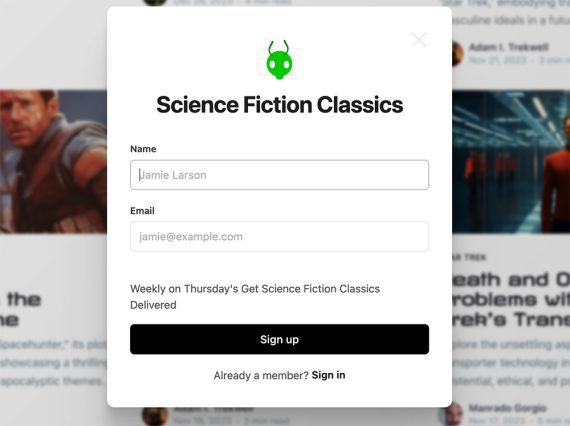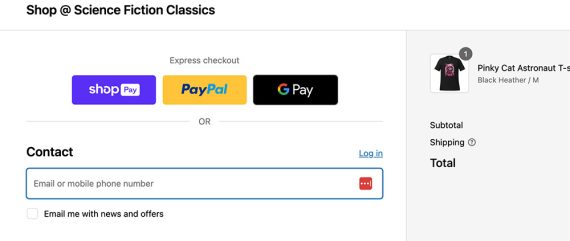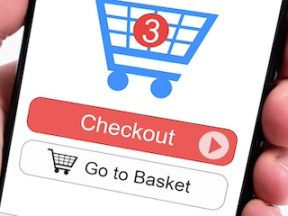Ecommerce shopping cart abandonment remains high, roughly 70% in 2024. Yet some in the industry — Dynamic Yield, for example — have estimated a good cart recovery email series will convert about a third of the time.
That is an impressive rate, but it assumes a merchant has the shopper’s email address — frequently not the case.
What follows are five tactics for securing an email address before a would-be buyer leaves the cart.
Ask Often
While it is important not to place speedbumps along a buyer’s journey, an online shop should repeatedly ask for a visitor’s email address during each session.
The easiest method is a simple signup form. Follow-up is easy if a shopper subscribes and later leaves items in a cart. The form might be for product updates, a newsletter signup, or even a purchase discount.

Offering a newsletter is a good way to collect email addresses for use in a shopping cart abandonment series.
Ask Early
Soliciting an email address during checkout is customary and unsurprising to a shopper. Take advantage of this expectation and ask in the first field of the cart. If the shopper leaves, the merchant can initiate a recovery email series.

The first field in the checkout process should be for an email address.
Invest in Newsletter Ads
Editorial newsletters are growing in popularity as the creator economy surges.
Sponsoring newsletters has several advantages, such as not being cookie-dependent. A lesser-known benefit is collecting email addresses, in two ways.
The first of these methods is to advertise a store’s own email newsletter. Sparklook, for example, is a pay-per-subscriber service that works with many creator newsletters. Merchants can advertise in those newsletters and pay a dollar or two per confirmed subscriber.
Next, newsletter ads can include links that pass the shopper’s email address to a form.
For example, the ad might offer a 20% discount on the first purchase. When a shopper clicks a “Subscribe and Save 20%” button, the newsletter’s link automatically subscribes to the shopper in one click, passing the email address directly to the merchant.
Use an Exit Pop-up
An exit-intent pop-up launches when a shopper’s mouse movements or scrolling patterns foretell an eminent exit.
The pop-up offers a minimal, relevant, and compelling alternative to leaving the site immediately. The offer can include an email capture, enabling the merchant to send the all-important shopping cart recovery email series.
Match Visitors to Email Addresses
All of the tactics discussed so far aim to increase the number of known email addresses, but according to Edward Upton, founder and CEO of Littledata, an ecommerce analytics firm, cart abandonment presents another challenge: recognizing a returning subscriber.
Some visitors may have already provided an email address and even followed a link from the store’s own email marketing. But something has gotten in the way: The Arc browser’s ad blocker cleans identifiers from the link.
The effect for many ecommerce shops is losing the connection and thus eliminating subsequent cart recovery efforts.
Littledata and similar tools boost the site’s ability to recognize returning subscribers despite ad blockers. Littledata claims it can increase subscriber identification by upwards of 40% for merchants using Shopify and Klaviyo.
More matching solutions are likely coming, thanks to artificial intelligence and machine learning tools.





